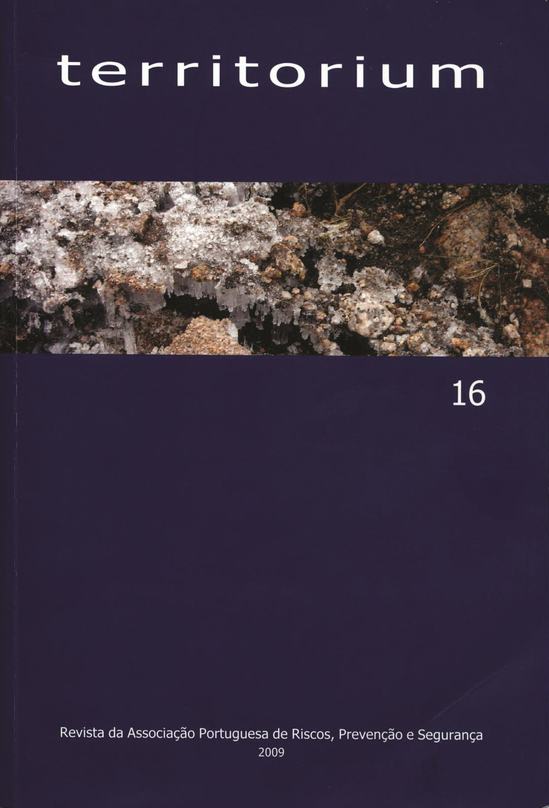Fire smoke hazard. News and disputes in intoxications
DOI:
https://doi.org/10.14195/1647-7723_16_16Keywords:
CO, controversies, HCN, poisonings, risks.Abstract
The victims of a fire commonly reveal injuries for inhalation of smoke which is a frequent cause of death in patients with or without burning problems.
The inhalation of smoke can cause epithelial injuries in the respiratory mucosa with loss of bronchial epithelial cilia and reduction of the alveolar tensioactiv factor. Microatelectasis and atelectasis can be complicated because of the mucous edema, as well as, the blockage mechanics for the production of desquamated tissue and respective secretions, originating cumulatively a acute respiratory multifactorial insufficiency (AINA, 2008).
The main controversies have been focused on poisonings treatment with CO and HCN that are combined with synthetic combustible materials, as it has been proved in the last few decades (DUFOL, 2008).
We will approach the poisonings for CO and HCN, that for its bigger frequency and morbi-mortality we consider to be more relevant.
Downloads
Downloads
Published
Issue
Section
License
Authors retain copyright and grant the journal right of first publication with the work simultaneously licensed under a Creative Commons Attribution License that allows sharing the work with recognition of authorship and initial publication in Antropologia Portuguesa journal.










